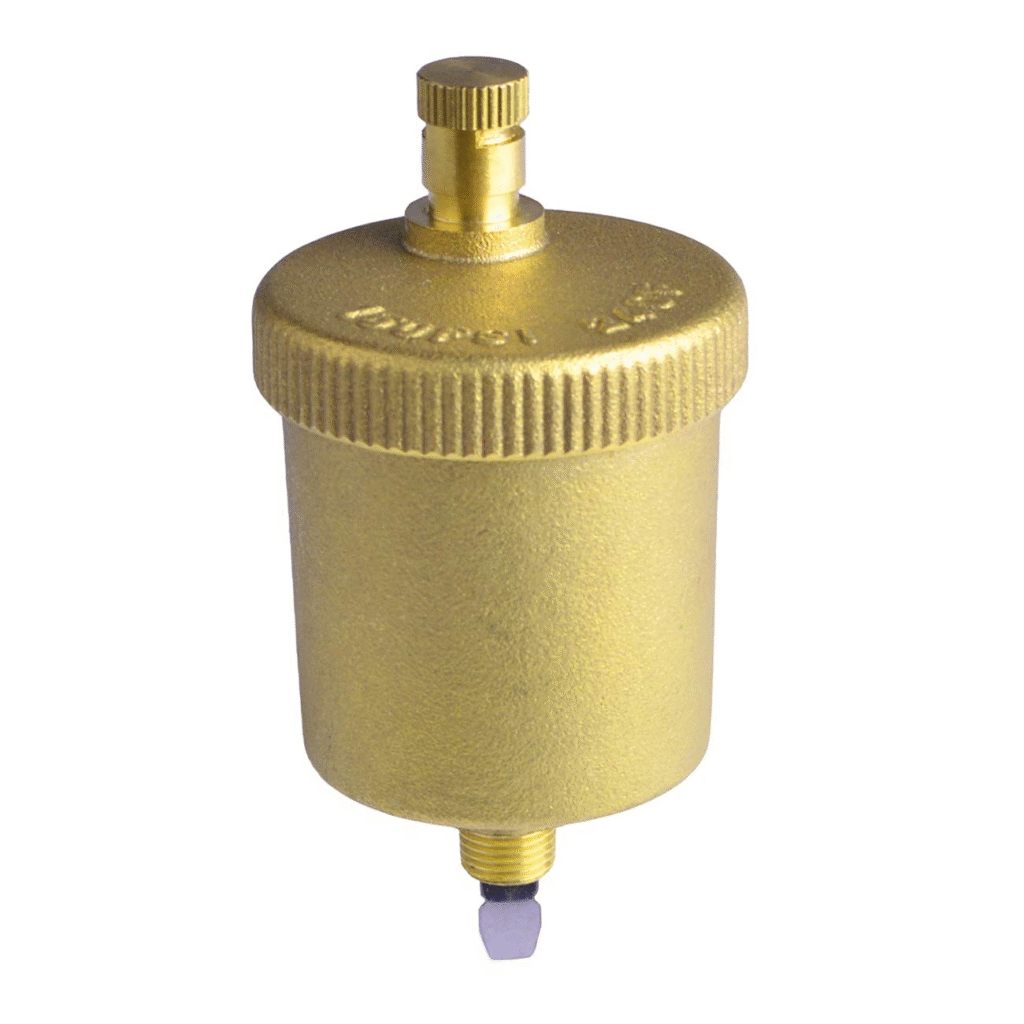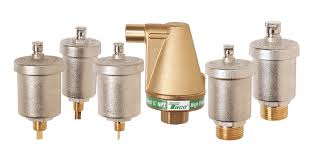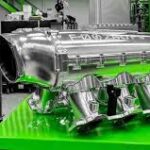In modern heating, ventilation, and air conditioning (HVAC) systems, as well as plumbing circuits, trapped air can significantly reduce efficiency, cause noise, and increase energy consumption. An auto air vent is a simple yet highly effective device designed to automatically remove unwanted air from heating and plumbing systems.
By ensuring the smooth flow of water or steam, auto air vents protect equipment, improve comfort, and enhance system performance. This article explores the importance, working principle, types, applications, installation tips, and benefits of auto air vents.
What Is an Auto Air Vent?
An auto air vent is a self-operating device that continuously releases trapped air from a closed water or heating system without manual intervention. Unlike manual air vents, which require periodic attention, auto air vents automatically sense air pockets and release them to maintain optimal system performance.
Auto air vents are commonly installed in:
- Radiators
- Boilers
- Heat exchangers
- Hydronic heating systems
- Solar water heating circuits
By preventing airlocks, corrosion, and inefficiency, these devices play a crucial role in system longevity and energy savings.
How an Auto Air Vent Works
The operation of an auto air vent is based on the difference in density between water and air:
- Detection of Air: Air bubbles accumulate at high points in the system and rise to the top.
- Floating Mechanism: A small float inside the vent detects the presence of water or air.
- Valve Operation: When air is present, the float drops, opening a valve and releasing the trapped air.
- Automatic Closing: Once water fills the vent, the float rises, closing the valve to prevent water loss.
This continuous and automatic process ensures efficient air removal, reducing the need for manual bleeding and maintenance.
Types of Auto Air Vents
1. Brass Auto Air Vent
- Durable and corrosion-resistant.
- Common in residential and commercial hydronic systems.
- Often includes a threaded connection for easy installation.
2. Plastic Auto Air Vent
- Lightweight and cost-effective.
- Suitable for low-pressure systems.
- Easy to handle and install in confined spaces.
3. Thermostatic Auto Air Vent
- Includes a temperature-sensitive mechanism.
- Optimizes air removal based on system temperature.
- Useful for complex heating systems and variable load conditions.
4. Float-Type Auto Air Vent
- Uses a mechanical float to operate the valve.
- Reliable and simple design.
- Widely used in domestic and industrial heating systems.
Applications of Auto Air Vents
1. Hydronic Heating Systems
Air trapped in radiators, pipes, and boilers reduces heat transfer efficiency. Auto air vents maintain circulation, ensuring consistent heating performance.
2. Solar Water Heating
Solar systems often have complex loops that trap air. Auto air vents automatically purge air, preventing blockages and ensuring proper flow.
3. Domestic Water Systems
Air pockets in faucets or hot water lines can cause noise and reduce efficiency. Auto air vents eliminate these issues, improving water system performance.
4. Industrial Cooling Systems
Large-scale cooling and heat exchange systems benefit from continuous air removal to maintain optimal thermal efficiency.
5. Radiator and Boiler Protection
Air can lead to corrosion and water hammer effects in boilers and radiators. Auto air vents help prolong the lifespan of these components.
Key Benefits of Using an Auto Air Vent
1. Increased System Efficiency
By continuously removing air, auto air vents prevent airlocks and maintain consistent water flow, improving heat transfer and reducing energy consumption.
2. Reduced Noise
Trapped air can cause gurgling, banging, and hissing noises in pipes and radiators. Auto air vents eliminate these disturbances for quieter operation.
3. Equipment Longevity
Air pockets accelerate corrosion and damage pumps, radiators, and valves. Automatic venting reduces wear and extends the lifespan of system components.
4. Minimal Maintenance
Unlike manual air vents, auto air vents require little to no attention, reducing labor and maintenance costs.
5. Enhanced Safety
By preventing pressure buildup caused by trapped air, auto air vents reduce the risk of leaks, water hammer, and system failure.
Installation Tips for Auto Air Vents
1. High-Point Placement
Install auto air vents at the highest points of the system, such as radiator tops, boiler loops, or return lines, where air naturally accumulates.
2. Vertical Orientation
Auto air vents are most effective when installed vertically, with the vent opening facing upward.
3. Proper Sizing
Choose an auto air vent suitable for system pressure, flow rate, and pipe diameter to ensure optimal performance.
4. Accessibility
Install vents in accessible locations for inspection or replacement if necessary.
5. Isolation Valves
Using a ball valve or gate valve in line with the vent allows for easy maintenance or replacement without draining the system.
Auto Air Vent vs. Manual Air Vent
While both devices remove air from heating or water systems, there are key differences:
| Feature | Auto Air Vent | Manual Air Vent |
| Operation | Automatic | Requires manual bleeding |
| Maintenance | Low | Frequent intervention |
| Continuous Air Removal | ✅ | ❌ Only when operated |
| Ease of Use | High | Moderate |
| Ideal Applications | Large, complex systems | Small, simple systems |
Auto air vents are preferred in systems where continuous air removal and minimal maintenance are essential.
Common Problems Solved by Auto Air Vents

1. Airlocks in Pipes
Air pockets block water flow, reducing efficiency. Auto air vents continuously release trapped air.
2. Radiator Noise
Banging or gurgling sounds in radiators are eliminated with proper venting.
3. Corrosion
Oxygen in trapped air accelerates metal corrosion. Auto air vents reduce this risk by removing air.
4. Pump Damage
Air pockets can cause cavitation in pumps. Continuous venting protects pumps from damage.
5. Energy Wastage
Trapped air reduces heat transfer efficiency. Auto air vents help maintain optimal system performance, saving energy.
Maintenance Tips for Auto Air Vents
- Inspect Regularly: Check for leaks or blockages.
- Clean the Valve: Occasionally remove debris from the vent mechanism.
- Check Float Operation: Ensure the float moves freely and opens/closes the valve correctly.
- Replace if Necessary: Over time, seals and floats may degrade; timely replacement prevents system issues.
- Monitor System Performance: Reduced heating efficiency or noise may indicate vent malfunction.
Emerging Trends in Auto Air Vents
1. Smart Vents
Integration with IoT allows monitoring of air accumulation and automatic alerts for maintenance.
2. Corrosion-Resistant Materials
New materials, including stainless steel and high-grade plastics, enhance durability in harsh environments.
3. Compact Designs
Modern auto air vents are smaller, making them ideal for tight spaces in modern HVAC systems.
4. High-Pressure Models
Advanced models can handle higher pressures in industrial systems while maintaining reliable venting.
Conclusion
An auto air vent is an essential component for maintaining efficient, quiet, and safe HVAC and plumbing systems. By continuously removing trapped air, auto air vents prevent noise, improve heat transfer, protect equipment from corrosion, and reduce maintenance needs.
Whether in residential heating, industrial cooling, or solar water systems, auto air vents enhance system performance and longevity. Investing in high-quality auto air vents ensures reliable operation, energy efficiency, and peace of mind, making them a key element in modern fluid and heating systems.





